‘Love’s Dog’ is a poem by Jen Hadfield, which explores the idea of love in an interesting and unique way, considering what the most important aspects of love are and how loving someone includes accepting flaws and imperfections. By avoiding the typical clichés of love and relationships, Hadfield is able to create a memorable and thought-provoking poem. Jen Hadfield was born in 1978 and studied English Literature and Language at the University of Edinburgh. Lots of her work considers an individual’s place in the world and society.
This poem is part of the Relationships Poetry Anthology for the Edexcel English Literature GCSE.
‘Love’s Dog’ Context
Hadfield was the youngest ever winner of the T.S. Eliot Poetry Prize when she was just 30 years old, for her collection ‘Nigh-No-Place’ of which ‘Love’s Dog’ is from. To win such a prestigious award, the most valuable annual poetry competition and often referred to as the ‘most coveted’ prize in poetry, was a big achievement.
‘Love’s Dog’ is significantly influenced by ‘A View of Things’ by Edwin Morgan, a famous Scottish poet, with his original poem containing the line “what I hate about love is its dog”. It also has a very similar repetition of “what I hate about love” and “what I love about love” although the poem is in one long stanza, in comparison to Hadfield’s being written in couplets. Hadfield has described how that line has had a lasting impact on her, and why it has been referenced in ‘Love’s Dog’ and even some of her other works.
“That phrase of Edwin Morgan’s … stayed with me for a long time; it speaks to me of the effort and deliberation of love.”

Glossary of Terms from the Poem
- Diagnosis: Establishing and naming what is wrong with someone who is ill or with something that is not working properly.
- Prognosis: An assessment of someone’s future; usually about whether a patient will recover from an illness.
- Serum: A liquid medicine used to protect against disease.
- Doubloons: An old type of Spanish gold coin.
- Loathe: To feel a strong or intense dislike, hatred or disgust of someone or something.
- Bonemeal: The product of dried and ground animal bones, used as a fertiliser or in animal feed.
‘Love’s Dog’ Analysis
“What I love about love is its Eat-me/Drink-me”
This line is notable through its blending of repetition and a stop-start rhythm, with both techniques combining to influence the pace of the line. Repeating “love” is consistent with the rest of the poem and conforms to the general pattern, and “Eat-me/Drink-me” reflects this too with the repetition of “me”. It also continues from the previous line ending in “me me me” with the repetition of the final word creating the illusion of rhyme. Some readers may feel that this line contributes to a ‘repetitive cycle’ in the poem, perhaps linking this idea to the nature of love and relationships.
“its zookeeper – you”
Hadfield also relates love to a “petting zoo” in the third stanza, evoking ideas of arguably childlike love and care. This naturally includes the “zookeeper” specifically referenced as “you”, the person being addressed by the poem, acknowledging the significance of this individual in being able to protect and care for the relationship. The rhyming couplet in this stanza also helps to create the rhythm of the lines, plus place additional emphasis on “you”. Some readers may also consider the power that a zookeeper has, with Hadfield perhaps focusing on how significant and powerful this love is through this description (rather than using an animal or visitor, for example).
“What I love about love is its spin-cycle”
The narrator is focusing on their preference for the ‘rush’ of love and emotions, metaphorically represented by the “spin-cycle” process from a washing machine. This is the fastest aspect of a washing cycle, and as the narrator has already described their “hate” for the long “boil-wash” aspect, shows the extent of the desire for this fast-paced rush of love, and dislike for aspects of love and relationships which take time to develop. Despite not being a rhyming couplet, the two lines still give readers an impression of rhyme due to the similarity in subject matter, plus the both endings being hyphenated words.
“What I loathe about love is”
Hadfield breaks from the typical “hate” expressed to the even more significant “loathe” in the second to last stanza of ‘Love’s Dog’ when considering “burnt toast and bonemeal”. While some readers may be surprised at such as strong emotions being used to describe these two mundane things, it effectively demonstrates the absurdity of love and relationships; in particular the different things that can cause resentment, frustration or irritation. It also could be seen as an attempt to ‘trip up’ a reader who would be expecting a description of “love”, a visually similar and phonetically similar word.
“What I hate about love is its bent cigarette”
The use of “bent cigarette” is notable due to the range of negative connotations associated with it, most notably addictiveness and harm. The narrator seemingly recognises that the addictive quality qualities of the relationship can actually be a negative, rather than something positive to be caught up in. Readers could also interpret the line to be highlighting how traits in others, such as smoking or addiction, can’t be separated from other attributes that may be seen as more positive, and as such there is complexity in relationships.
Themes in ‘Love’s Dog’
- Relationships: ‘Love’s Dog’ is part of the Relationships anthology. The poem considers the complexity of relationships and how a relationship must be able to accept the flaws and imperfections of each person in order to exist.
- Infatuation: The poem highlights the different aspects of relationships which the narrator ‘loves’, typically those that are most intimate or exciting.
Quick Focus Questions
- Normal: Identify three key similarities and three key differences between ‘Love’s Dog’ and ‘A View of Things’ by Edwin Morgan.
- Hard: How might the two line stanza structure of ‘Love’s Dog’ by significant?
- Challenge: Consider how effective the repetition in the poem may be for a reader, and how it could help to shape the meaning of the text.
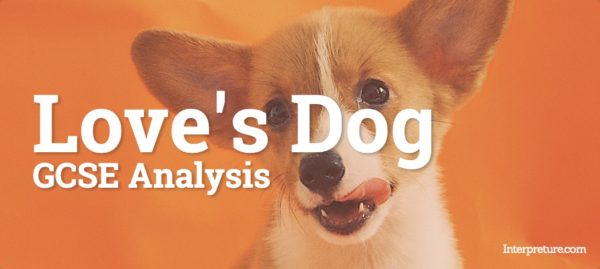
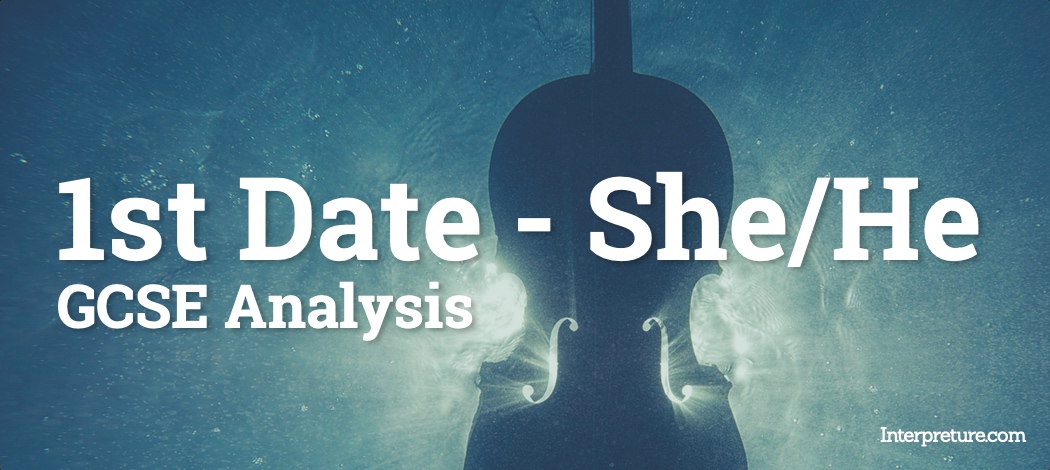
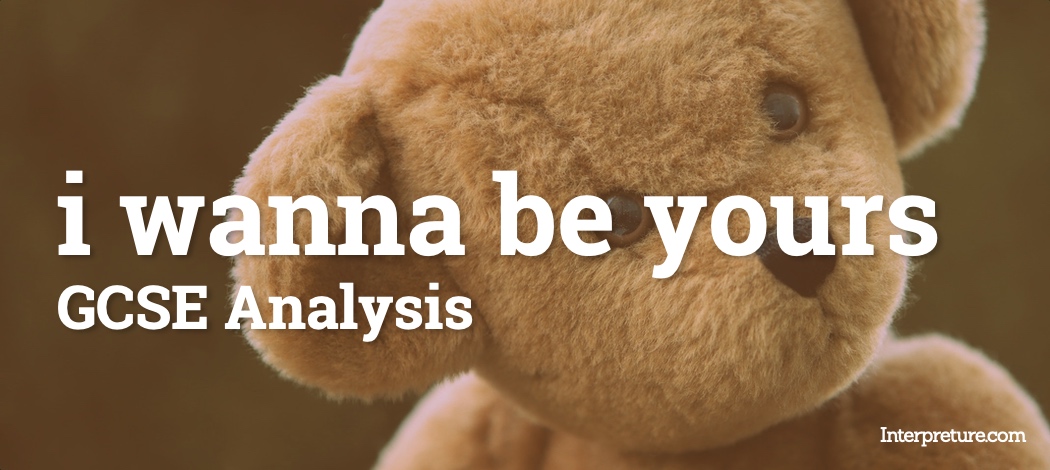
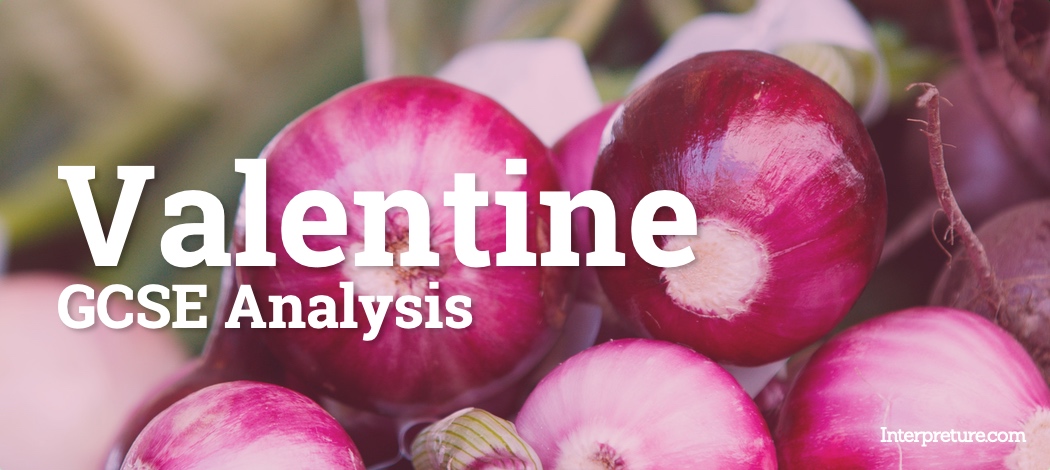
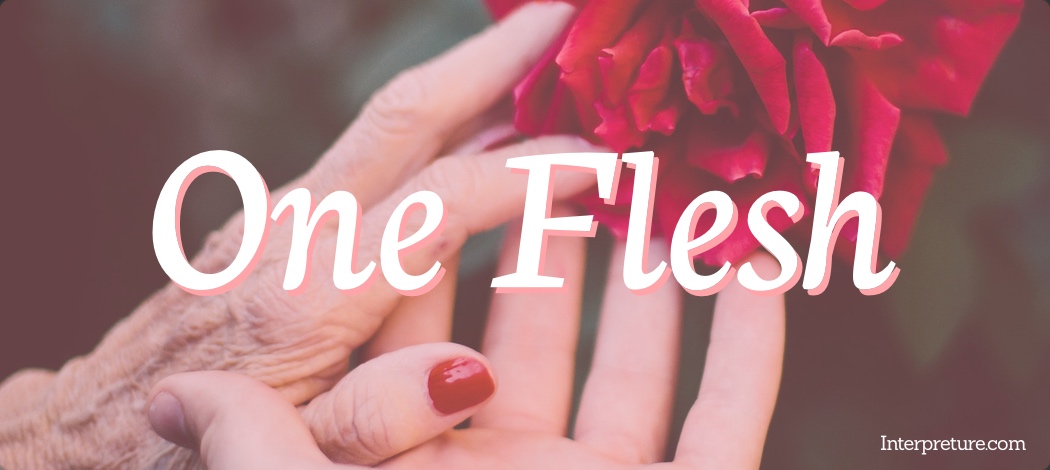
2 Comments
best website ever
Unreal how detailed it is and how easy it is to annotate the poem